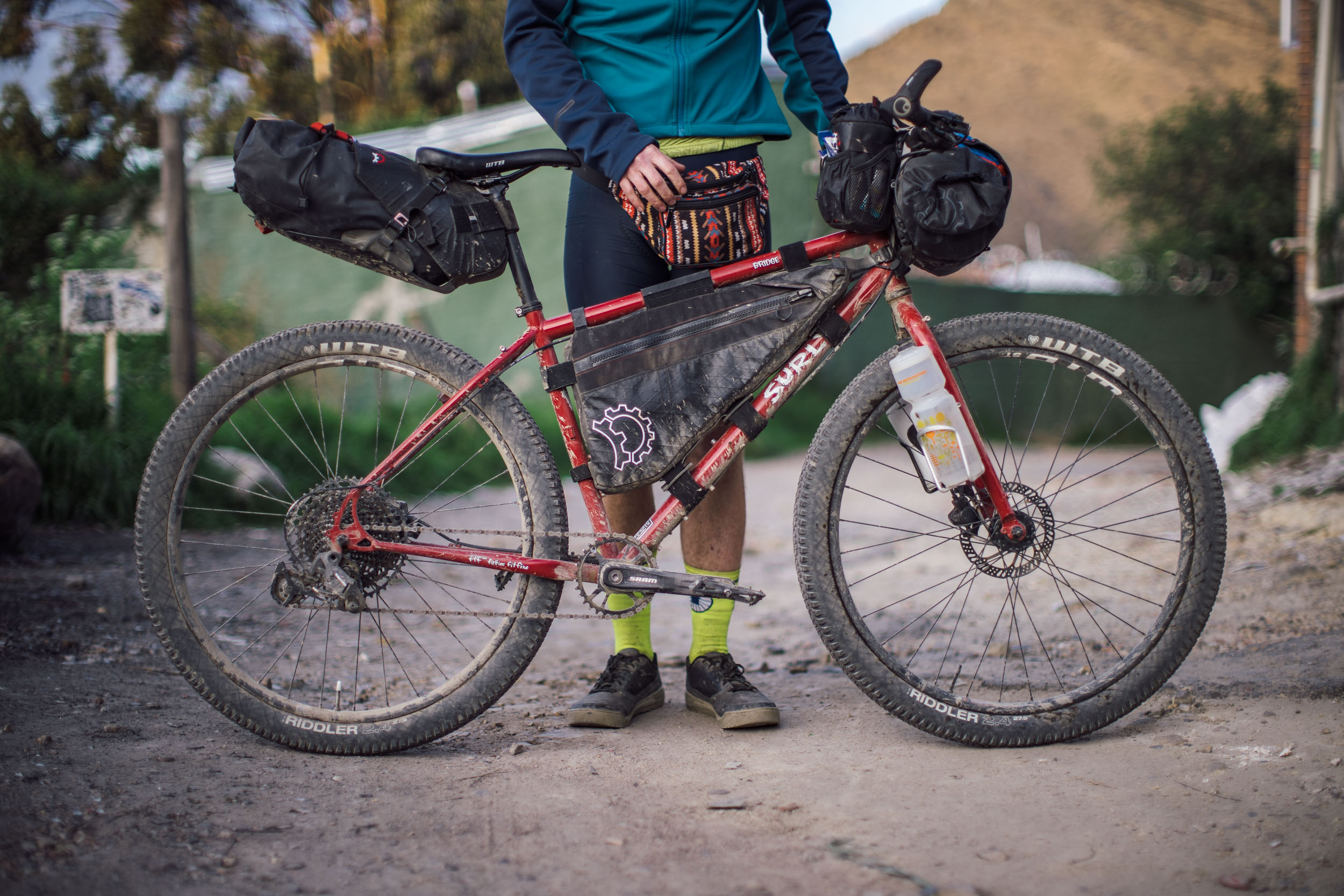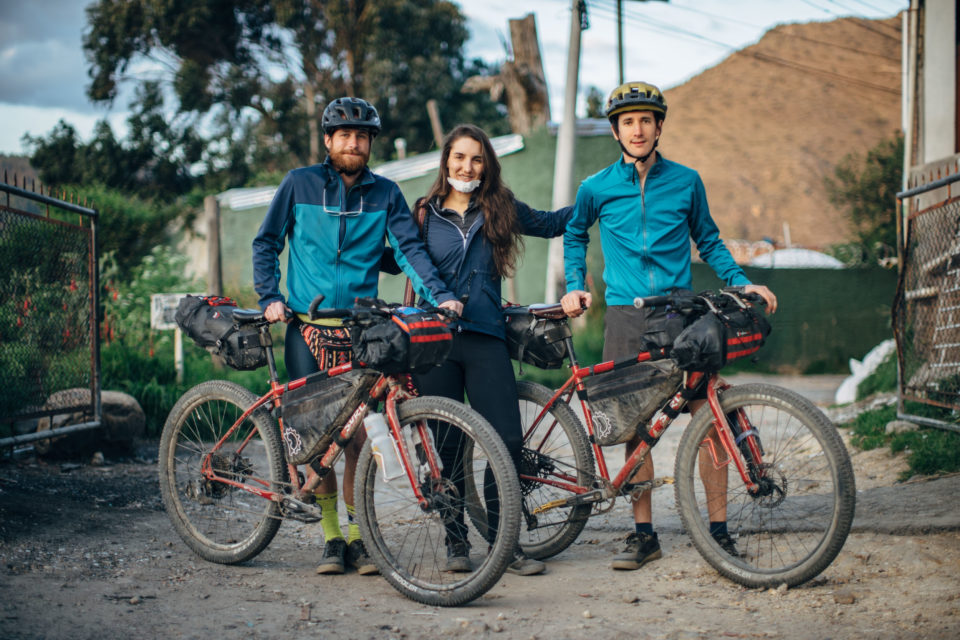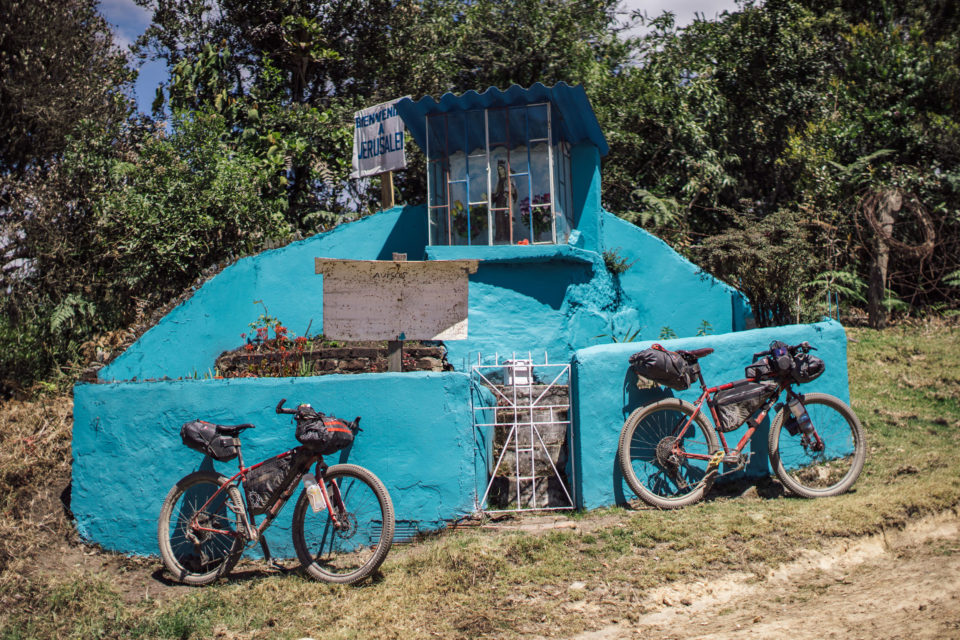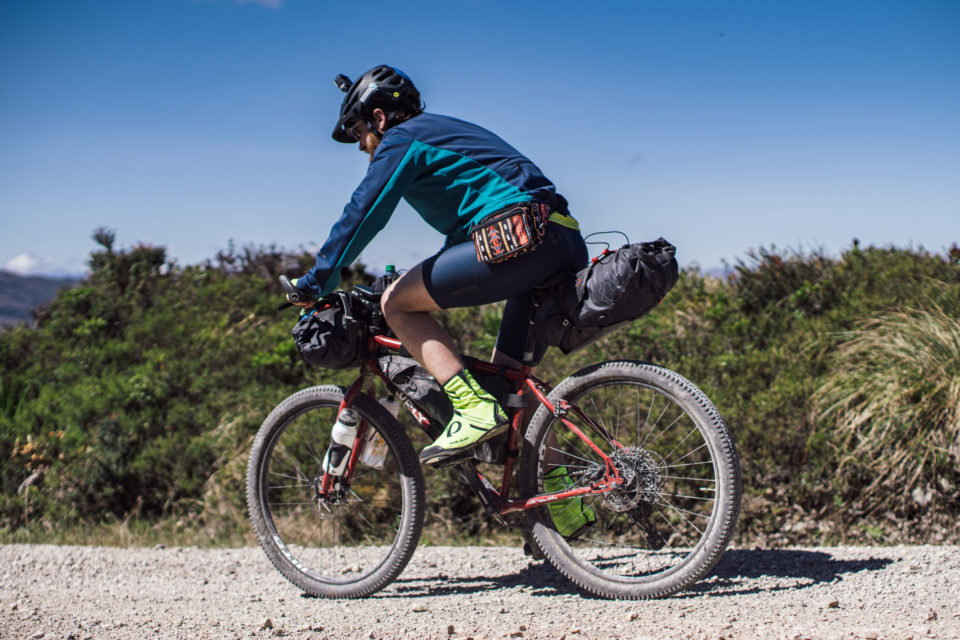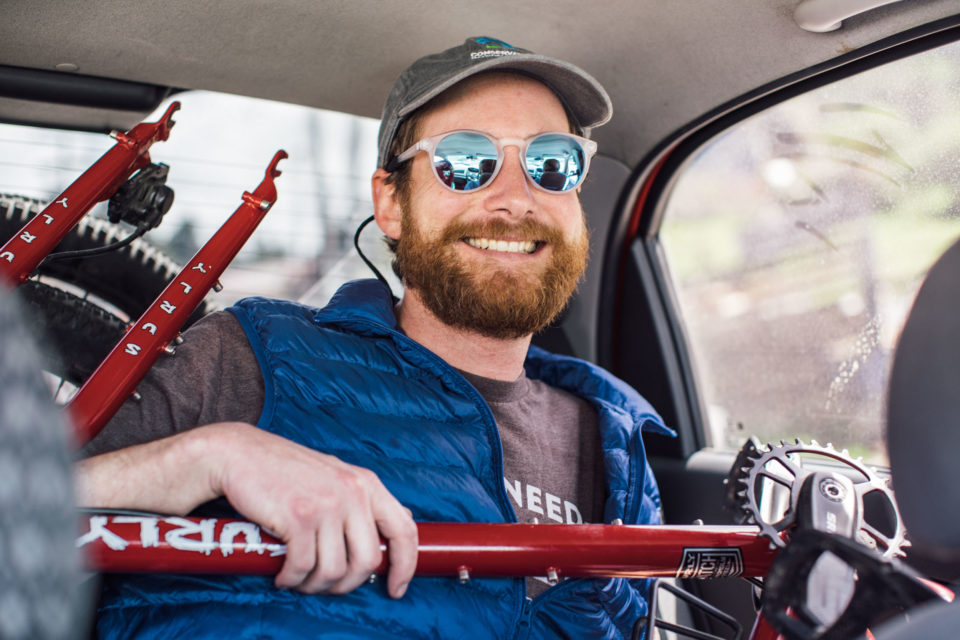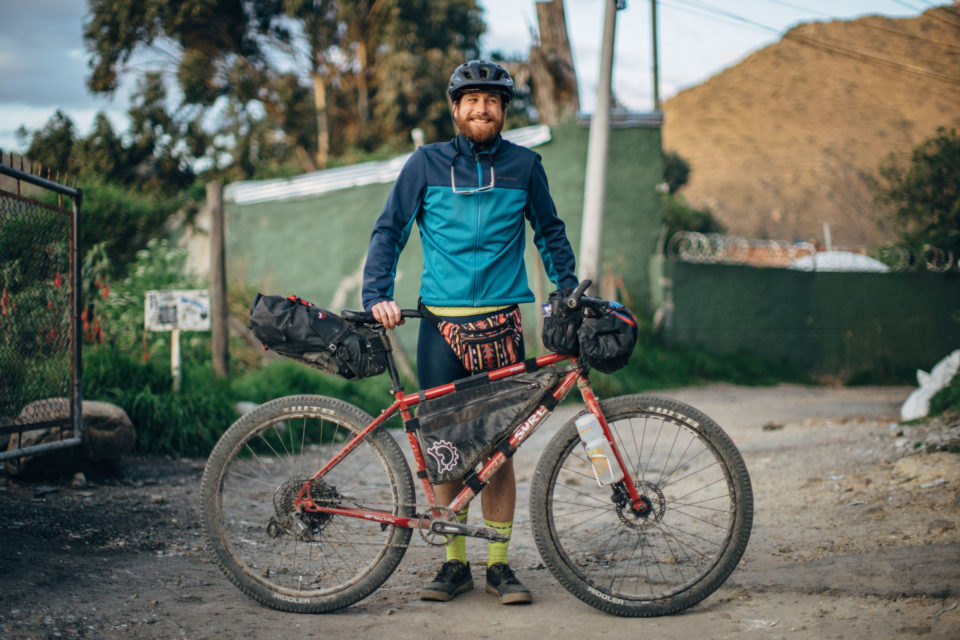A Nod to the Surly Bridge Club
Share This
When planning for the Ruta Chingaza trip, we helped outfit three riders who had never been bikepacking. When trying to decide on the ideal bikes to get them for the trip, the Bridge Club was one of the first to come to mind. Here’s why it might just be the best beginner bikepacking bike, out of the box…
After months of planning and organizing the Ruta Chingaza project last January, we had two main scouting trips planned: one larger ride with a group of five of us; then we would rendezvous in Bogota before beginning a second ride to complete the Ruta Chingaza loop. The second one would include three additional riders, all of whom had never been on a dirt-road bikepacking trip…
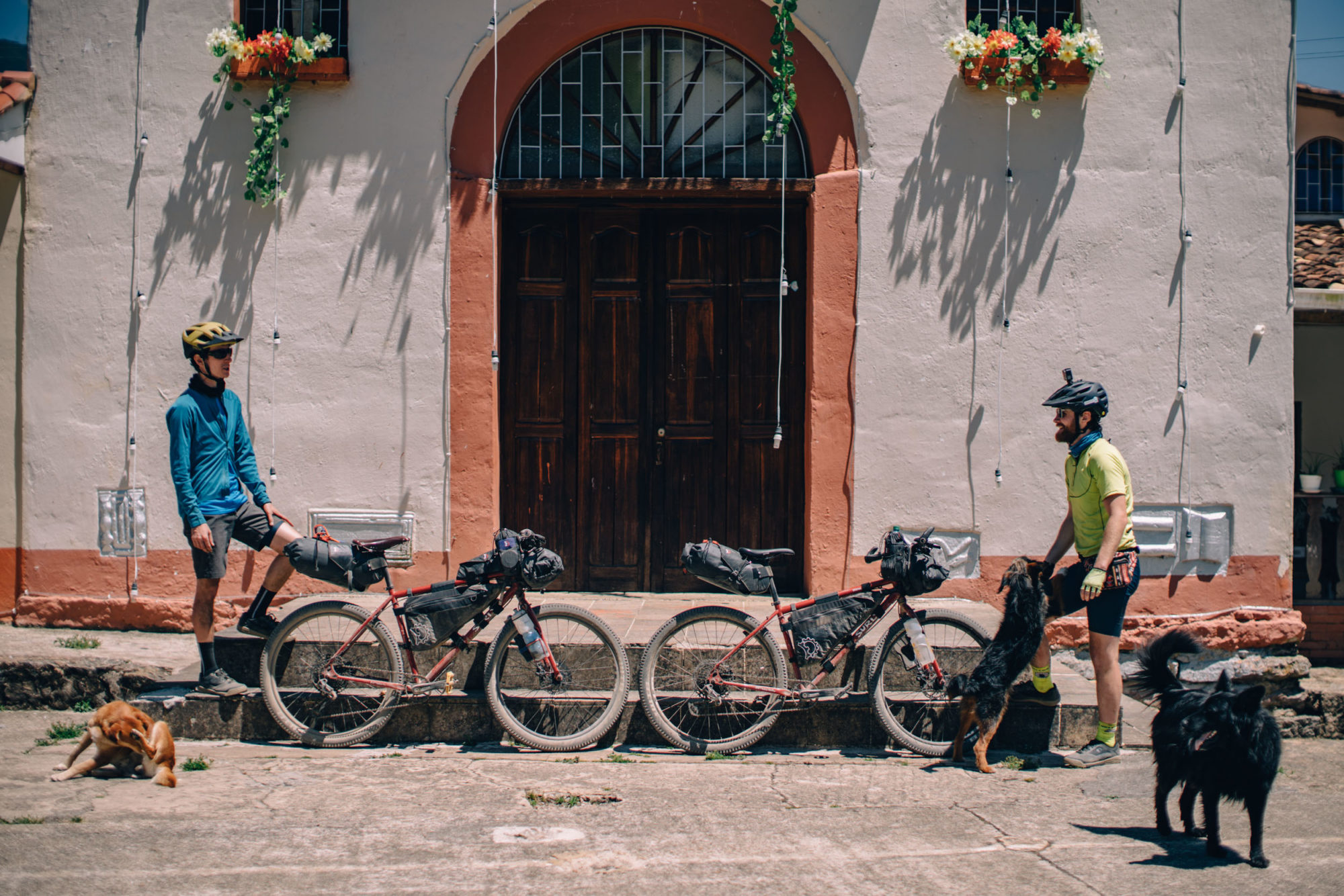
In the end, after studying loads of new bikes, there weren’t many that met all of the requirements we’ve found important for beginner bikepackers. Their bikes needed to be comfortable, capable, confidence-inspiring, and reliable… all out of the box, with zero modifications. Believe it or not, there were only two or three relatively affordable new bikes we found that made the list, and just one that rose to the top: the Surly Bridge Club. We’d already given this bike a Gear of the Year award, but when approaching it from this perspective, the genius of this simple rig shone through. Here are the six reasons why it was a clear choice for this trip, particularly with bumpy roads, steep grades, and beginning bikepackers in mind.
1. The Kitchen Sink
First, and most obvious, the Bridge Club has all the mounts. We knew that we’d need to carry a full regiment of gear for cold and wet weather on this trip. And beginning bikepackers typically aren’t known to pack light—this is at no fault of their own, but folks new to camping might not have the smallest and lightest slapping bags, tents, etc. So, it was important to source bikes that could accommodate a few extra accessories. We didn’t want the team to need to “hack” attachments for water bottles and other such gear. In addition, the fact that it’s a rigid-specific frame means there’s plenty of triangle space for a frame bag, too.
2. Basic Comfort and Confidence
There were a few essentials to help aid in comfort and safety on this challenging route. First, bigger tires were a must. As we all know, more voluminous tires mean more comfort on bumpy rides, and more traction on uneven and chunky terrain. We knew they’d have to be over 2.0″, but not big and heavy like a 2.8″ plus tire. It’s no accident that Surly settled on 2.4″ tires for a bike they designed to “satisfy the needs of the vast majority of bike tourers and where they really ride.” In more “classic” bike touring literature, the venerable Gypsy by Trade has been preaching about this tire size since the dark ages.
Speaking of comfort and confidence, it’s also fitting that the Bridge Club is based around nicely swept flat bars. Flat bars are arguably more stable than drops on rough terrain, and a little extra 12° of sweep keeps them comfortable.
3. Bigger tires are smaller too
So what advantages do 27.5″ tires hold over larger 29er rubber? One benefit is that the smaller diameter delivers a lower gearing, which means more spinning power for long climbs. The 27.5 x 2.4″ tires that come on the Bridge Club actually match the diameter of a typical 700c (29″) x 42mm tire—27.8″/.707m to be exact. When comparing that to a 2.4″ 29er tire, that’s about 1.5″ less diameter, which equates to about a gear inch when considering a friendly climbing gear. The WTB Riddlers were a bonus, too. Good cornering grip and fast rolling center tread make them a great dirt-touring tire. Also, 27.5 x 2.4s are generally easy to find in any decent mountain bike shop in Latin America. For the most part, 26″ has been nudged out and there are very few decent options to choose from in the region.
4. The Right Gearing
Speaking of low gearing, it’s hard to believe that in this day and age, companies are marketing bikes for “adventure” and bikepacking when they come with a 38T chainring and an 11-42 cassette—or, even worse, some semblance of a road double and a tiny road cassette. Neither of those are fit for pedaling a loaded bike in the mountains. We knew going into these rides that the Colombian roads were notoriously steep, with, at times, ridiculous and almost unrideable grades. As we were looking for the right bike for three beginner bikepackers, a solid granny gear was at the top of the list, and one that wouldn’t require any modifications. The 2020 Bridge Club came set up stock with a 32T chainring and Eagle SX cassette (11-50T). That means a nice 455% gear range, an easy 1x shifter, and a perfectly capable granny gear with 17.8 gear inches. I usually like having 19 with a fully loaded bike on steep mountainous roads, so 17.8 was even better. Finally, a bike that gets it!
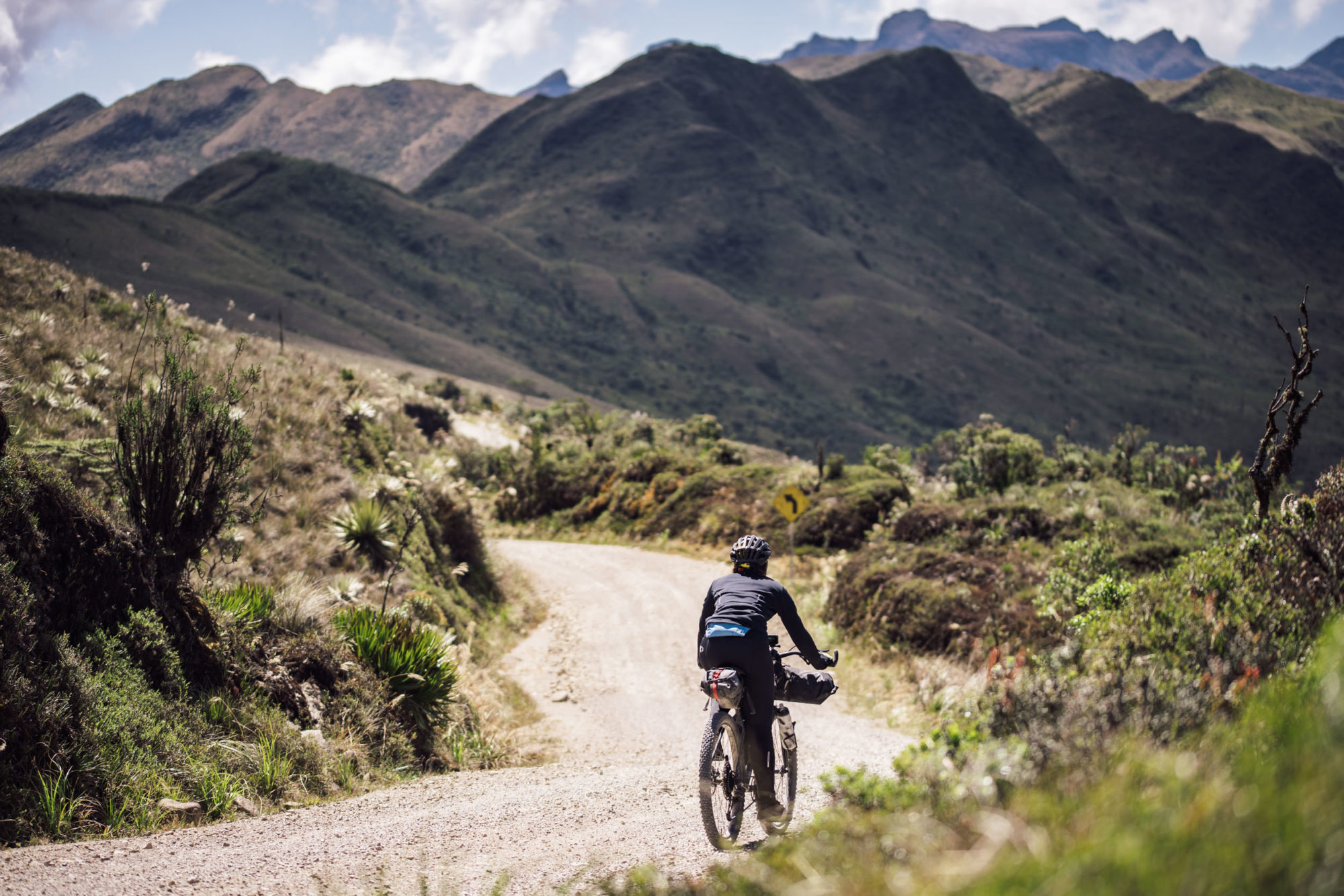
5. A Solid Stock Build Kit
This is kind of a no-brainer, but it’s all too common for new bikes to have a “pretty good” build kit, with caveats—parts that might need to be swapped out immediately. Overall, the 27.5″ Bridge Club build is pretty darned solid, with no glaring flaws. Obviously, grips and saddles are often switched out based on personal preferences, but we were pretty impressed with what this $1,100 bike comes with off the shelf.
Components
- Headset: Cane Creek 40
- Brakes: Tektro HD-M275
- Brake Levers: Tektro HD-M275
- Rotors: Tektro 160/160mm
- Shifters: SRAM SX EAGLE
- Stem: ProMax 4 bolt, 31.8
- Handlebar: Salsa Bend
- Grip/Tape: Velo
- Saddle: WTB Volt Sport
- Seatpost: Promax, 27.2mm
Drivetrain
- Crankset: SRAM SX EAGLE 32t
- Bottom Bracket: SRAM Power Spline
- Rear Derailleur: SRAM SX EAGLE
- Cog or cogset: SRAM EAGLE 11-50t
- Chain: SRAM SX EAGLE
Wheels
- Front Hub: Novatec, 32h, QR
- Rear Hub: Novatec, 32h, QR
- Rims: WTB STPi29 TSC
- Tires: WTB Riddler 27.5×2.4″
6. Steel is really real
Lastly, we’ve all heard the mantra, Steel is Real. And while some of us on this trip rode with carbon bikes, suspension forks, and even carbon handlebars, there are occasions where that mantra becomes a reality. One of the bikes took a beating in the airport before we even started pedaling. Once it was unboxed, we realized the integrated derailleur hanger was bent like a banana. That was kind of surprising considering that it’s a very beefy piece of solid steel. No problem. We took it to a local shop and they bent it back into working order and then coaxed it to precision with an alignment tool. There were no problems with it for the remainder of the trip.
Many thanks to Surly for loaning us these bikes for the trip, which had no influence on this writeup. Additional thanks goes to Revelate Designs for providing bags for these bikes. Interested in reading more about the Surly Bridge Club? Be sure to check out Cass’ detailed review. And, for details on the 2021 27.5″ model, you can find it in Grandma’s Lipstick or Dark Black here.
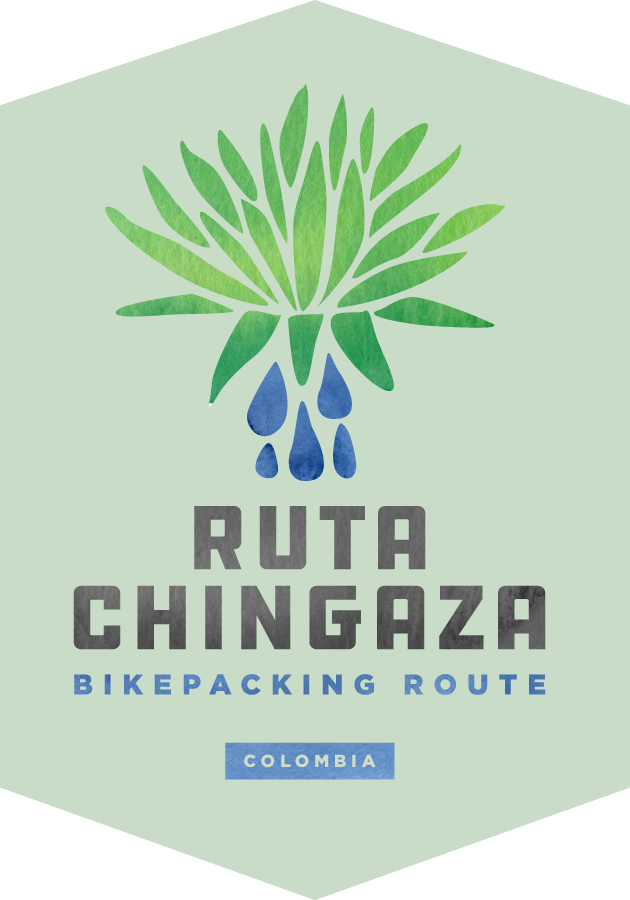 Ruta Chingaza is a weeklong bikepacking loop that starts and ends in Bogotá, Colombia. The route, created in conjunction with Conservation International, travels through some of the area’s most spectacular landscapes, including the high-altitude cloud forests and endangered páramos that provide 70 percent of Bogotá’s fresh water supply. The highlight of the route is the breathtakingly beautiful Chingaza National Park, which was previously inaccessible to cyclists. Learn more here.
Ruta Chingaza is a weeklong bikepacking loop that starts and ends in Bogotá, Colombia. The route, created in conjunction with Conservation International, travels through some of the area’s most spectacular landscapes, including the high-altitude cloud forests and endangered páramos that provide 70 percent of Bogotá’s fresh water supply. The highlight of the route is the breathtakingly beautiful Chingaza National Park, which was previously inaccessible to cyclists. Learn more here.
Please keep the conversation civil, constructive, and inclusive, or your comment will be removed.






